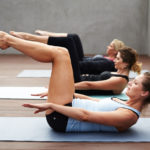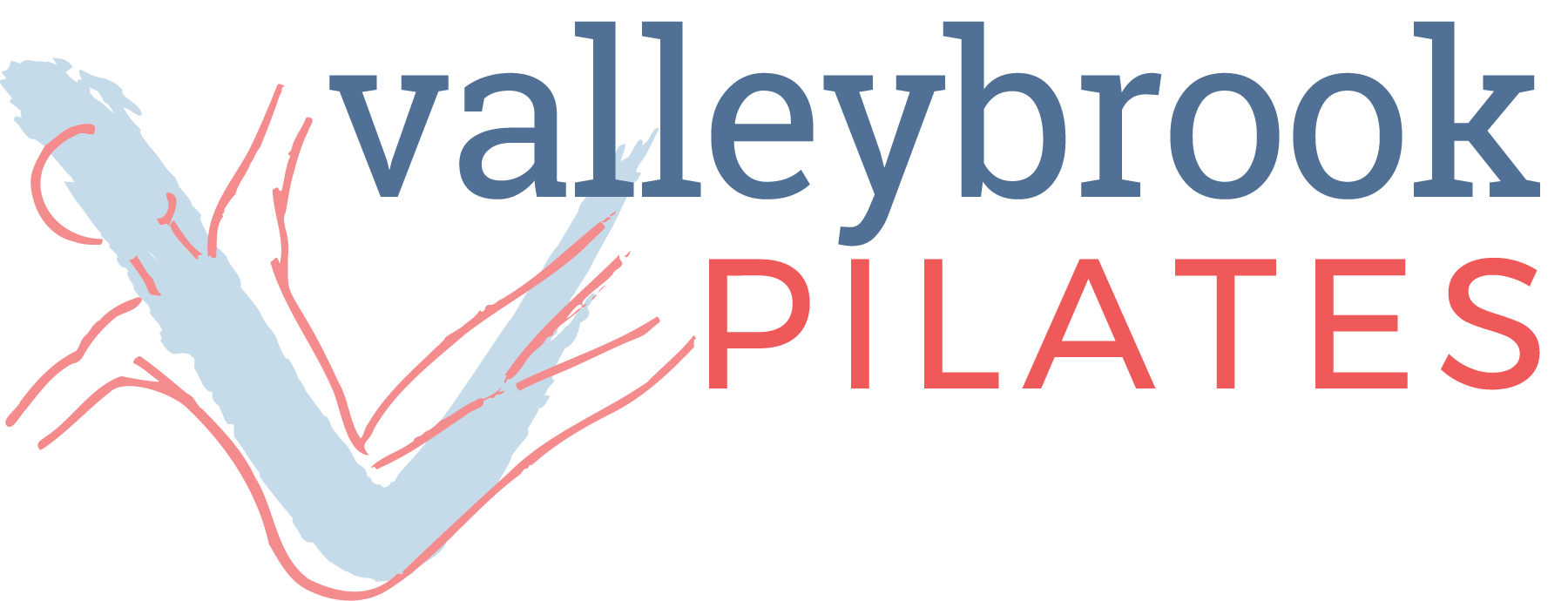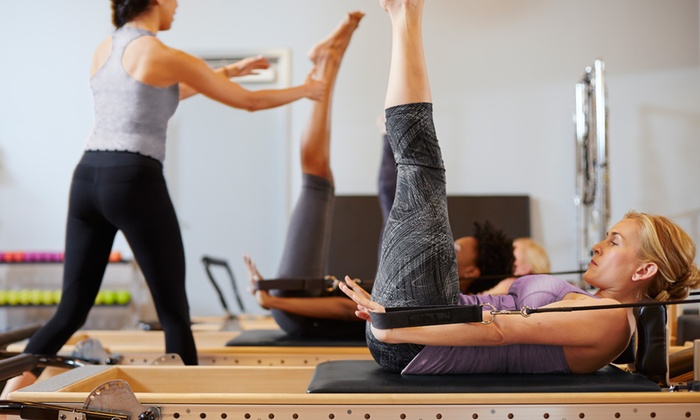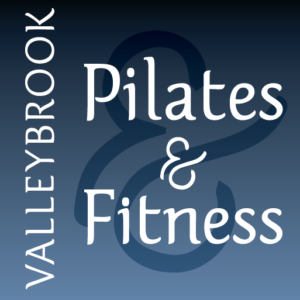Mat classes are often the first experience most people have with Pilates. Recreation centers, health clubs, and community gyms may offer mat classes to its members. Mat exercises can be difficult for beginners to do, however, because they do not have the core strength to perform the exercises correctly. This combined with an instructor that may have minimal training and a room full of students, can lead to injuries at worst, or ineffectiveness at best. Consequently, some people come away with the notion that Pilates causes neck pain, or aggravates back issues. This is a valid concern in the Pilates industry. A qualified instructor needs to watch and teach by cueing and observing, not by performing and demonstrating to the class in the front of the room. The watchful eye of a certified, educated, and experienced teacher that can spot poor technique is the best insurance against injurious Pilates training.
The truth of the Classical Pilates Method is based on a full, integrated system of equipment—and mat exercises are just part of the technique (only 25 percent of the Pilates exercise system/repertoire can be performed on a mat). By adding equipment, or starting out on the equipment, you are able to experience a more authentic, quality experience. The equipment can aid in changing your body faster and more safely because the springs provide support and resistance that help you to engage your core connection in a way that is difficult to do on the Mat alone, especially for beginners. The equipment allows you to shape, tone, lengthen and align quite different than working on the mat alone. But it is important to do both, and there’s nothing quite like a challenging mat class; and the more experience you have in Pilates, the harder the mat classes can be.


